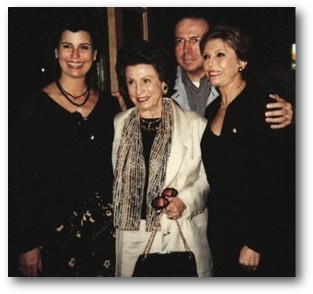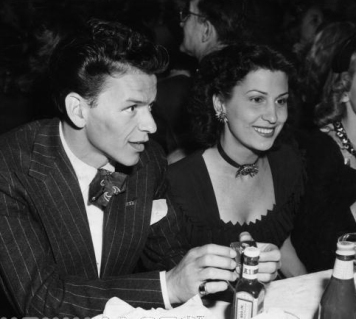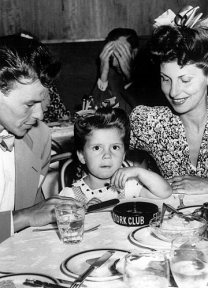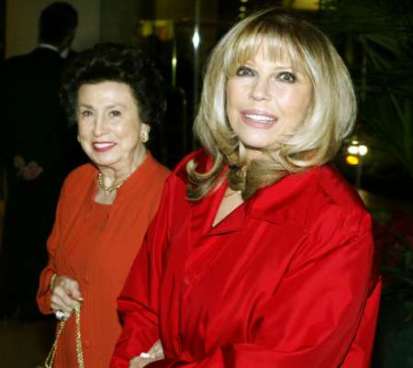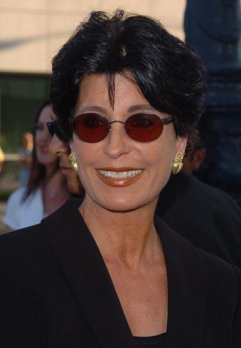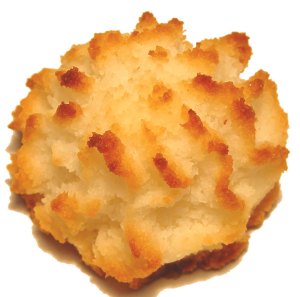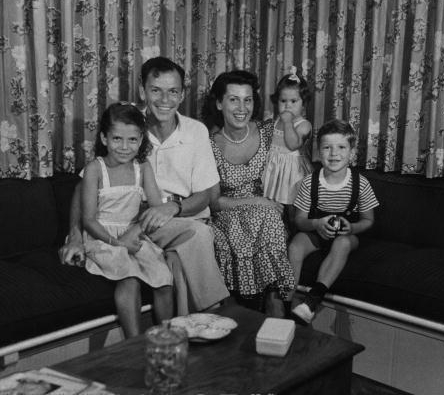All Aboard for Happiness.
Posted: December 11, 2009 Filed under: Peak Experiences Leave a commentAlthough not a Christian, I found riding the Chicago Transit Authority’s Holiday Train this evening one of the top ten most exhilarating experiences of my past year.
Especially heartening in this time of push coming to shove on so many budgetary fronts, when even our parking meters don’t belong to us anymore, is how the CTA still goes all out to fill the train with light and color, music, and happiness. The investment in holiday glow pays off in the glow of riders of all generations, those for whom the season wouldn’t be complete without the Holiday Train, and those who just happen to luck into it while waiting for the next ride home. The Holiday Train, pure and simple, is an expression of love. The CTA employees who knock themselves out decorating every square interior and exterior inch of it, who program the seasonal pop over the P.A. system in the cars, who ride handing out candy canes and good cheer, who plan and disseminate the schedules, who work to make the Holiday Train happen every year (this is now the 18th for the train), deserve our warmest thanks. They really do bring joy to the world—or at least one significant corner of it.
It is also good, in these days of cold and snow, to have a reminder of why we live in Chicago. One ride on the Holiday Train will counter a hundred of those “what am I still doing here?” moments. It is an answer all in itself.
When you ride the Holiday Train, you love the CTA right back. And you love everyone else on your train. No matter how crowded it gets, you and the hundreds you’re riding with — you’re all happy. You look at the CTA people and your fellow passengers and for once see them not as bodies but as people. You sing with them. You smile with them. You imagine their stories, and their stories make you feel good. After our ride from Diversey to Kimball on the Brown Line, then back from Kimball to Clark/Lake, we looked at our watches to discover we’d spent an hour and twenty minutes on the train. We couldn’t believe it.
Time flies when your heart is filled with gladness.
As the train continued on and rounded the corner out of our sight, I wondered for a moment if it had all been real, or whether it had been one of those magical apparitions, like the mythical villages of legend and Broadway musical that appear only one day every hundred years.
It was real. May this Chicago tradition always be.
Photos courtesy of Angie Naron’s Flickr photostream.
I Played Cowbell for Charmaine Neville.
Posted: May 27, 2009 Filed under: Peak Experiences 3 CommentsIn New Orleans, in Faubourg Marigny, is a jazz/funk club called Snug Harbor. We went to hear Charmaine Neville and her band on Monday night. Fun music — they get a groove going. At one point, Charmaine cajoles certain audience members into getting up on stage and handling the auxiliary percussion. I was honored to be selected as cowbellist. My family tells me she gave me a look when I started my pattern that said, “Hey, not bad.”
Here are approximately four seconds of video, thanks to my alert nephew Ari Chalew and the miracle of cellphone video technology:
Nowhere but New England.
Posted: May 19, 2009 Filed under: Peak Experiences 8 Comments
On a recent stay in Waltham, MA (a town about 15 miles west of Boston), I came across, repeatedly, a traffic sign I’ve never seen anywhere else. Its particular wording is so redolent of colonial times that you just know you never will see it anywhere else. Other locales might urge caution in unusually population-dense areas with a sign like “Watch for Pedestrians,” or “Caution: Congested Area,” or simply “Slow,” but “Thickly Settled” is so clearly a remnant from the Puritan seventeenth and eighteenth century mindset that it has a wonderful indigenous charm. The word “thickly” conjures up some Hawthornian state of nature, as in a forest thick with trees before the arrival of ships from England; the word “settled” harkens back to America’s first immigrants, who arrived on those ships, and what they did. You can’t not see an early colonial village in your mind’s eye when you see that sign. The words are not an ersatz attempt to evoke an earlier time, but rather, it seems clear, have remained in continuous usage such that the residents don’t give a second thought to the matter, even if no one else could fail to catch the phrase’s special flavor.
But the sign is not just a bit of New Englandy charm. A little research reveals it has a specific meaning, and a sanction attached to that meaning. According to the Massachusetts RMV Driving Manual, “a ‘thickly settled’ district is an area where houses or other buildings are located, on average, less than 200 feet apart.” And these areas come with a specific (if unposted) speed limit: Speeds over 30 MPH in such areas are ticketable offenses, because speeds exceeding this in “thickly settled” areas are not considered “reasonable and proper.”
Massachusetts could simply post speed limit signs in population-dense areas, but who would want that? Not I. The “Thickly Settled” sign is a bastion of regional flavor in an increasingly homogenized world.
The occasion of our visit to Waltham, by the way, was the graduation of our niece Hannah Chalew from Brandeis University. She graduated Phi Beta Kappa, Summa Cum Laude, with Highest Honors in Studio Art, and was the recipient of the Mitchell Siporin Memorial Prize. (Siporin was a social realist painter who founded the Department of Fine Arts at Brandeis in 1951. His work is contained in the Smithsonian American Art Musuem, among other places.)
Jesus.
Posted: January 20, 2009 Filed under: Peak Experiences 4 CommentsA billion words will be written about Barack Obama’s strong, sinewy inaugural address, so I’d like to write about how pleasantly surprised I was by Rick Warren’s invocation.
As an evangelical and a favorite of the right wing, he came to this moment surrounded by controversy. As a Jew and a Democrat, I was prepared to hear his speech with a jaundiced ear. But I was moved. He cut to the heart of the moment. In fact, judged only by my own tears, he provided the most moving and profound portion of the morning, which is saying something.
As Warren neared the end of his speech, I was glad not to have heard the name of Jesus invoked. That name, in a speech addressed to all Americans, excludes all Americans who don’t accept him as their savior. But then he did. I don’t know whether it is traditional to say Jesus’s name in Presidential inaugural ceremonies (I expect that if I look far back enough in history, I will find it a common occurence), but it sounded a slightly troubling note. On the other hand, Warren earlier in his speech invoked the words of the Sh’ma, the central prayer of the Jewish faith: “Hear O Israel, the Lord is God, the Lord is One.” So I guess fair is fair. In any case, the Jesus moment was at worst a single instant in a speech that otherwise remarkably struck just the right notes (unless you are an atheist, in which case, you can take heart from the words in Obama’s speech when he gave an inclusionary shout-out to you), so I forgive him.
A Grand Finale.
Posted: October 19, 2007 Filed under: Peak Experiences Leave a commentOne reason among many to like the final episode of season one of Mad Men was that it showed that, for all the glib cynicism adfolks trade in day after day, the great advertising ideas (like Don’s pitch for the Kodak Wheel, which he renamed, of all things, the Kodak Carousel) — and even some of the just pretty good ones — come from someone’s guts.
“Take the Cookie”: I Meet the Sinatra Family.
Posted: September 18, 2007 Filed under: Peak Experiences 8 CommentsPeggy Lee died January 21, 2002. In February of that year, I was privileged (through the good graces of David Torresen, who runs peggylee.com and the Songbirds mailing list) to be invited to attend her memorial at the Riviera Country Club in Pacific Palisades, CA. That morning, I drove by songwriter Lew Spence’s 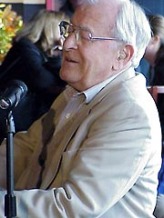 house to pick him up. (Lew wrote the Frank Sinatra hit “Nice n Easy,” which Peggy also recorded; along with another song Peggy made a wonderful record of, in the early fifties, “That’s Him Over There”; plus “Sleep Warm,” the Fred Astaire hit “That Face,” “I’ve Never Left Your Arms,” and many other good songs). When we arrived at the club and took our seats in the rows of chairs set up for the memorial, I recognized many luminaries. Steve Lawrence. Andy Williams in the row directly behind us. k.d. lang. Arranger Billy May. The lyricists Marilyn and Alan Bergman. Following the two-hour secular service,
house to pick him up. (Lew wrote the Frank Sinatra hit “Nice n Easy,” which Peggy also recorded; along with another song Peggy made a wonderful record of, in the early fifties, “That’s Him Over There”; plus “Sleep Warm,” the Fred Astaire hit “That Face,” “I’ve Never Left Your Arms,” and many other good songs). When we arrived at the club and took our seats in the rows of chairs set up for the memorial, I recognized many luminaries. Steve Lawrence. Andy Williams in the row directly behind us. k.d. lang. Arranger Billy May. The lyricists Marilyn and Alan Bergman. Following the two-hour secular service,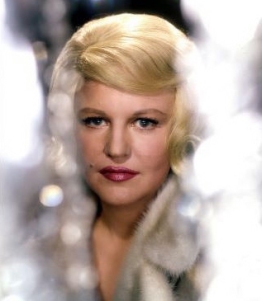 which contained speeches by several who knew Peggy and worked with her, as well as a video montage, a buffet lunch was served in one of the club’s ballrooms.
which contained speeches by several who knew Peggy and worked with her, as well as a video montage, a buffet lunch was served in one of the club’s ballrooms.
When Lew and I entered the luncheon ballroom, many had already chosen their spots at the round, unplacecarded tables of eight. I scanned the room for one that still had two empty seats. There weren’t many; and because Lew walks with a cane and I didn’t want to leave his side, I knew I’d be wise to locate a table with more than two vacancies, to increase the chances there’d still be two by the time we got there.
I spotted such a table, way on the other end of the room. It was only half-occupied.
I didn’t notice who the four people already sitting at the table were, because my eyes were fixed on those remaining seats. I had one goal, which was that Lew and I get across the room and claim two of them before they were gone.
We made it. My eyes still focused on the empty chairs, I attended to Lew, pulling out a chair for him, making sure he got into it comfortably. Only then did I look up to see the tablemates that we had joined.
Nancy Barbato Sinatra, the first and forever Mrs. Frank Sinatra.
Nancy’s older daughter, pop icon Nancy Sinatra.
Nancy Sr.’s younger daughter, author and producer Tina Sinatra.
And family friend, singer Jack Jones.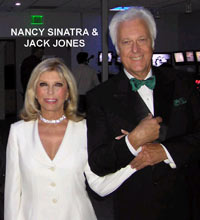
I was lunching with 3/4ths of the surviving Frank Sinatra family. (Only Frank Jr. was missing.)
There are words to describe the vertiginous mix of abject awe and stunned disbelief (and, frankly, terror) that I experienced in that moment of realization, but I don’t know them. Suffice it to say that “flustered” doesn’t cut the mustard. I know these women put their pantyhose on one leg at a time, but come on. To say I had worshiped them all from afar might not be an overstatement. I worshiped them because if Frank Sinatra was my musical Zeus (and he was, and still is), then Nancy Sinatra Sr. is Hera, and Nancy Jr. and Tina are–OK, I’m getting confused. Let’s forget the particulars of Who’s Who in Greek Mythology, and leave it that if I ever wanted to reach any of these people, I would start by dialing 1-800-MT-OLYMPUS.
(Where does this adoration come from? All I know is, I love many singers, but Sinatra is the one I turn to most in my Hour of Need. Whether the need is to swing or feel sad. And he always has been, since I was eleven. Kind of weird, maybe, for a kid that age in 1961 to start collecting Sinatra instead of Dion, but there you go. He does have mythic status for me, there’s no way around that–as he does for a lot of people, as he once did for our entire culture.)
So, what do you say to a trio of goddesses 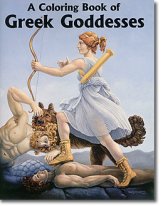 who have descended from on high to share a meal with mortals? These women who, in the years since 1998 when Sinatra died, are the closest thing to meeting Sinatra that any of us can ever have?
who have descended from on high to share a meal with mortals? These women who, in the years since 1998 when Sinatra died, are the closest thing to meeting Sinatra that any of us can ever have?
You walk around the table (and luckily, I shifted out of deer-in-the-headlights mode fairly quickly in mortal-person time), extend your hand to Mrs. Sinatra (who looked fantastic, by the way), and say, in all sincerity, because you really do mean it with every humble fiber of your being, “Mrs. Sinatra, it is an honor to meet you.”
And she smiles, warmly, and you know—to your own surprise!–that she actually is gratified, and not just pretending to be.
This is the woman whom Frank Sinatra married in 1939. Who gave him all his children. The woman whose home, word has it, he returned to time and again through the years.
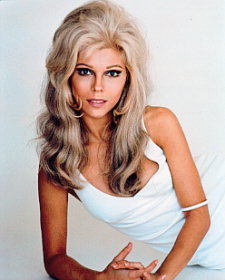 And then, you turn to Nancy the Daughter, and realize, thank God, that you actually do have something to say to her beyond “Oh my God, you’re Nancy Sinatra!,” which is to introduce her to Lew Spence, whom you have a hunch she has not met, a hunch which turns out to be right. “Nancy,” I said, “I want to introduce you to Lew Spence, who wrote ‘Nice n Easy’.” She is glad to meet him, smiles and says, “You know, I recorded that song, too.”
And then, you turn to Nancy the Daughter, and realize, thank God, that you actually do have something to say to her beyond “Oh my God, you’re Nancy Sinatra!,” which is to introduce her to Lew Spence, whom you have a hunch she has not met, a hunch which turns out to be right. “Nancy,” I said, “I want to introduce you to Lew Spence, who wrote ‘Nice n Easy’.” She is glad to meet him, smiles and says, “You know, I recorded that song, too.”
And then, you count your blessings that only a couple months ago you read Tina Sinatra’s memoir about her father 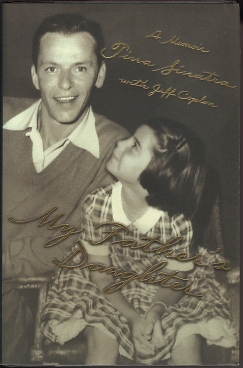 (My Father’s Daughter: A Memoir), because this gives you something to say to Tina beyond “Hi, nice to meet you.” Further, you are grateful that it was a book you actually did admire, and found to be a valuable addition to the Sinatra literature, because this allows you in all sincerity to say, “I really enjoyed your book about your father,” and so you say that, and she seems gratified.
(My Father’s Daughter: A Memoir), because this gives you something to say to Tina beyond “Hi, nice to meet you.” Further, you are grateful that it was a book you actually did admire, and found to be a valuable addition to the Sinatra literature, because this allows you in all sincerity to say, “I really enjoyed your book about your father,” and so you say that, and she seems gratified.
Now, Lew and I had not had the buffet yet, although the Sinatras had; a plate of cookies sat before Mrs. Sinatra. I was figuring to have a little chicken or whatever, so when Mrs. Sinatra held up the cookies and urged me to take one, I did something stupid. I hesitated. (I guess those years of “no dessert until you’ve eaten your supper” as a kid really took hold.) I politely said, “Oh no, no thank you.”
Nancy Sinatra said, “Take the cookie.”
I took the cookie.
Freud is famously thought to have said, “Sometimes a cigar is just a cigar.” A cookie from a Sinatra, however, is something else. Why hadn’t I seen that? What an idiot! What a nincompoop! What a macaroon!
That cookie wasn’t just a cookie. It was an offering, a dispensation, a Temporary Guest Pass good for  limited access to the outer portions of Sinatraland.
limited access to the outer portions of Sinatraland.
A cookie with layers of meaning.
And it was good.
Tragic. Terrifying. Beautiful.
Posted: April 11, 2007 Filed under: Peak Experiences 3 Comments
The Lives of Others is the best movie I’ve seen in forever. Anyone refusing to see it should be interrogated as to his motives and then placed in solitary confinement.







